1. The Titanic and Morgan Robertson’s “Futility”
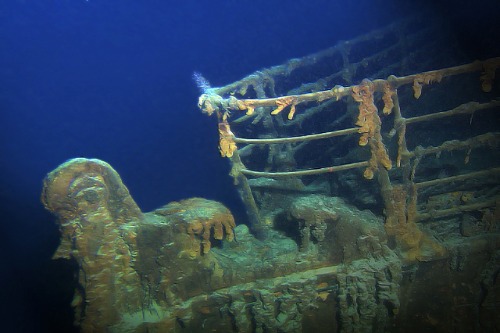
Years before the Titanic sank, Morgan Robertson wrote a novella called Futility, about a massive “unsinkable” ship called the Titan that hit an iceberg and sank. The similarities between the fictional and real-life disasters—like the size, the lack of lifeboats, and the iceberg collision—are uncanny. Was it just sharp imagination, or something more cosmic?
2. John Wilkes Booth’s Brother Saved Lincoln’s Son
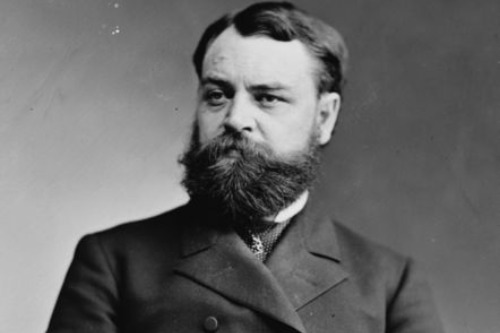
While John Wilkes Booth is infamous for assassinating Abraham Lincoln, his brother Edwin Booth once saved the president’s son, Robert Lincoln, from falling onto train tracks. The two incidents were unrelated, but the irony of one Booth taking a Lincoln’s life and another saving one is impossible to ignore.
3. The Curse of Tippecanoe
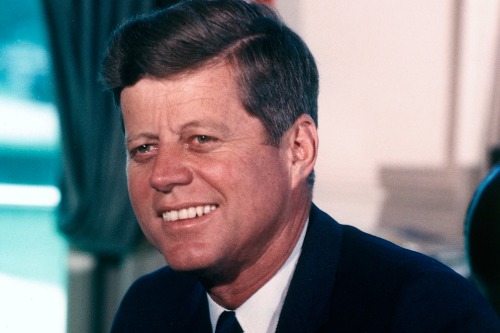
For nearly 140 years, U.S. presidents elected in years ending in zero died in office. From William Henry Harrison in 1840 to John F. Kennedy in 1960, this so-called “Curse of Tippecanoe” seemed eerily real. Ronald Reagan, elected in 1980, broke the curse by surviving an assassination attempt. Spooky coincidence or historical fluke?
4. Mark Twain and Halley’s Comet
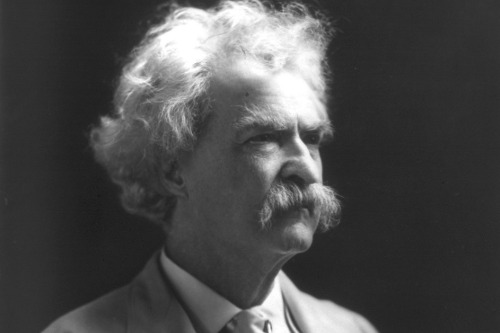
Mark Twain was born in 1835, the year Halley’s Comet passed by Earth, and he famously predicted he’d “go out with it” as well. Sure enough, he passed away in 1910, the next time the comet appeared. Twain’s life and death seem intertwined with the cosmos in the strangest way.
5. The Stranger at Pearl Harbor
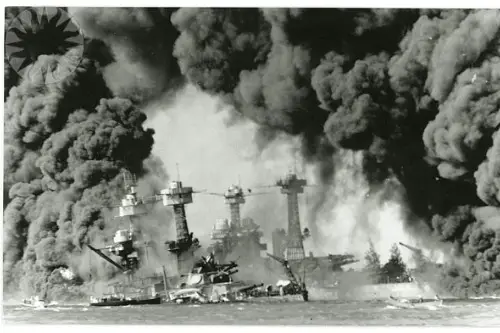
On the morning of the Pearl Harbor attack, a radar operator noticed a large cluster of incoming aircraft but was reassured it was just a fleet of U.S. planes. That operator? Joseph Lockard. Later, Lockard found out he had crossed paths with a Japanese spy, Takeo Yoshikawa, who was casing the harbor days before the attack. Fate seemed to set these two men on a bizarre collision course.
6. Two Presidents Died on the Fourth of July

John Adams and Thomas Jefferson, the second and third U.S. presidents, respectively, both died on July 4, 1826—exactly 50 years after the signing of the Declaration of Independence. Their deaths on America’s birthday feel like the kind of poetic ending no writer could invent.
7. Hoover Dam’s First and Last Casualties Were Father and Son
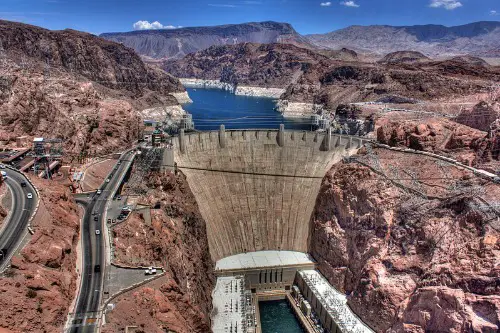
The construction of the Hoover Dam claimed over 100 lives, but the most haunting coincidence is that the first person to die was J.G. Tierney, and the last recorded death was his son, Patrick Tierney. The odds of this tragic father-son bookend seem astronomically low.
8. The Twins of 9/11
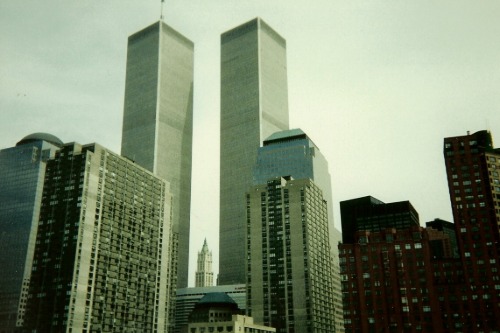
On September 11, 2001, the attacks on the World Trade Center (or “Twin Towers”) unfolded on a date numerically matching the emergency services phone number in the U.S.—9/11. While the coincidence is more symbolic than eerie, it underscores how events can imprint themselves deeply on our collective memory.
9. The Assassination Twins: Lincoln and Kennedy

The parallels between Abraham Lincoln and John F. Kennedy’s assassinations are eerie. Both were elected 100 years apart (1860 and 1960), shot in the head, succeeded by men named Johnson, and their assassins had three names—John Wilkes Booth and Lee Harvey Oswald. The list goes on and makes you wonder if history really does repeat itself.
10. The Omen of Tecumseh’s Comet
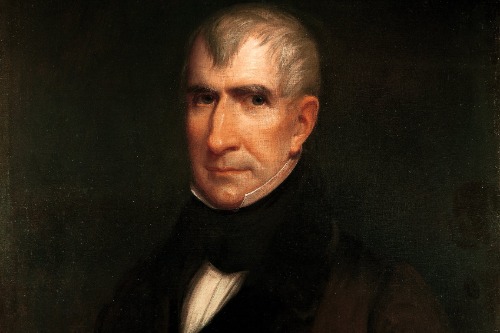
In 1811, a comet streaked across the sky during Tecumseh’s war against the U.S. A year later, William Henry Harrison defeated Tecumseh’s forces at the Battle of Tippecanoe. The same comet reappeared in 1840, the year Harrison became president—only to die in office a month later. The eerie timing of the comet’s appearances led some to view it as an omen.
11. Violet Jessop Survived Three Maritime Disasters
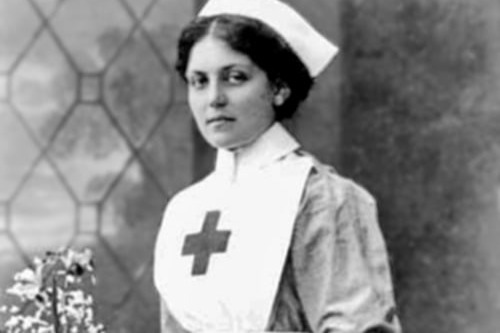
Nurse Violet Jessop survived the sinking of the Titanic and its sister ship, Britannic. Even stranger, she was also aboard the third sister ship, Olympic, during a serious collision. Nicknamed “Miss Unsinkable,” Jessop’s survival streak defies belief.
12. Charles Francis Coghlan’s Long Journey Home
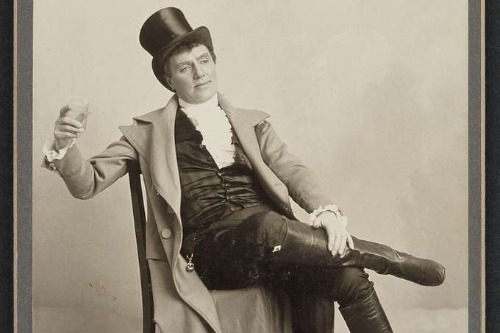
Actor Charles Francis Coghlan died in Texas in 1899, but his casket was lost at sea during a hurricane. Amazingly, eight years later, his coffin washed ashore near his birthplace in Prince Edward Island, Canada—over 3,000 miles away. It’s as if fate refused to leave him far from home.
These strange coincidences leave us pondering the mysteries of fate, chance, and the invisible threads that weave through history. Which one surprised you the most?


